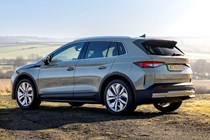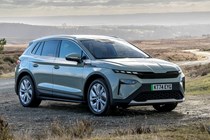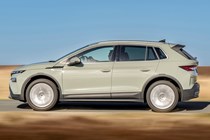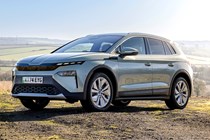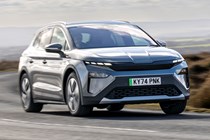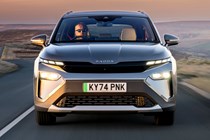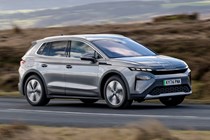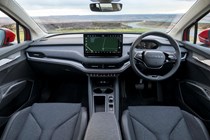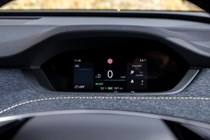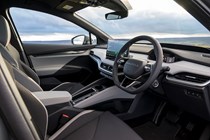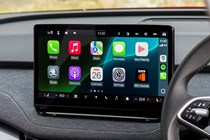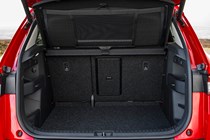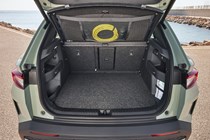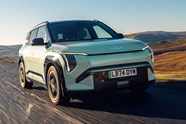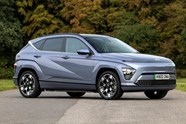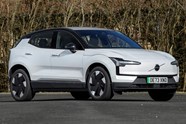
Skoda Elroq review
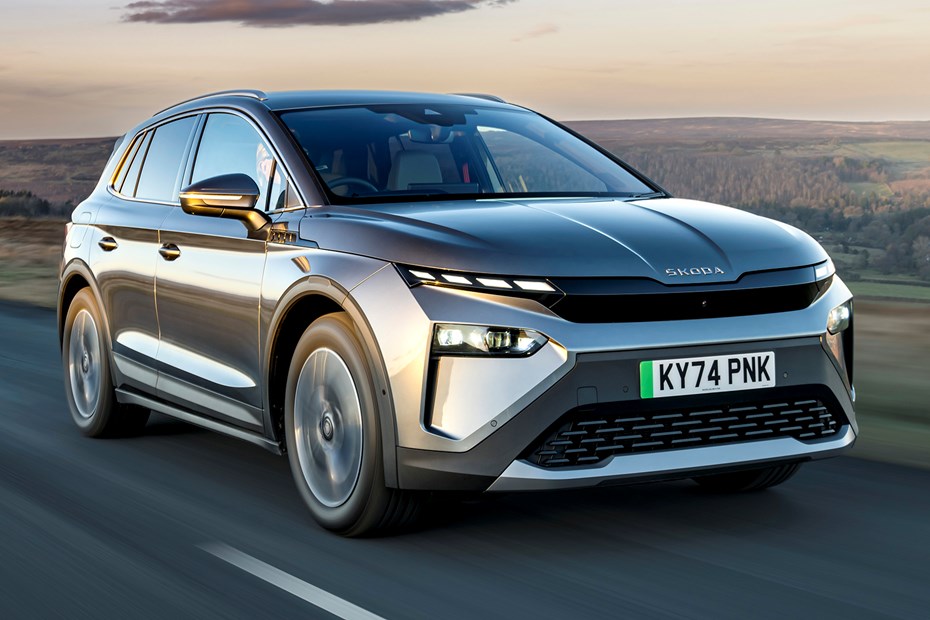
At a glance
| Price new | £31,510 - £45,510 |
|---|---|
| Used prices | £20,265 - £37,296 |
| Road tax cost | £195 - £620 |
| Insurance group | 22 - 34 |
Get an insurance quote with

|
|
| Fuel economy | 3.6 - 4.1 miles/kWh |
| Range | 222 - 360 miles |
| Miles per pound | 5.7 - 12.1 |
| Number of doors | 5 |
| View full specs for a specific version | |
Available fuel types
Fully electric
Pros & cons
- Generous rear-seat space
- Excellent to drive
- High-quality interior
- Long range model racks up the price significantly
- Desirable options can be expensive
- Not the most interesting car
Skoda Elroq SUV rivals
Overview
If you’re looking for the best electric SUVs, there has never been a better time to buy, especially towards the more compact end of the spectrum. With most mainstream car brands now having at least one model in this class, the choice is rich. And now another new model deserves your attention: the Skoda Elroq.
It’s the smallest electric SUV to come from Skoda yet – or indeed the entire Volkswagen Group – but promises to deliver on space, value for money and usability. It serves as the electric equivalent to the combustion-powered Skoda Karoq SUV, which is where it gets its name from – it’s the ELectric kaROQ. Importantly, however, this new EV costs almost exactly the same as its petrol equivalent, giving customers near parity on fuel choice.
With prices starting from £31,500, the Elroq represents strong value next to smaller rivals, such as the Volvo EX30 and Peugeot E-2008. That said, it doesn’t have things easy, not least with the recent introduction of the Renault Scenic E-Tech, our reigning Parkers Car of the Year 2025. The new Kia EV3 is also a hot contender.
Skoda did a great job with its larger all-electric Enyaq SUV, so much so that we named it Parkers Car of the Year back in 2022, and it remains one of the most popular electric cars around today. It’s looking to apply that same finesse to the new Elroq, with a range of trims and versions available to suit different budgets and different range needs.
Three battery sizes – 52kWh, 59kWh and 77kWh – are available with various power outputs, and four trim levels are available. Spec your Elroq accordingly, with electric ranges stretching from 232 miles with the smallest battery to 360 miles on the 77kWh model. Speedy charging times are delivered across the line-up.
At Parkers, we’ve long championed Skoda and its cars, and you can read more about how we test cars to understand why. But does the new Elroq deliver in the way we expect from the brand? Read on for our full Skoda Elroq review as we assess all aspects of this important new electric SUV.



